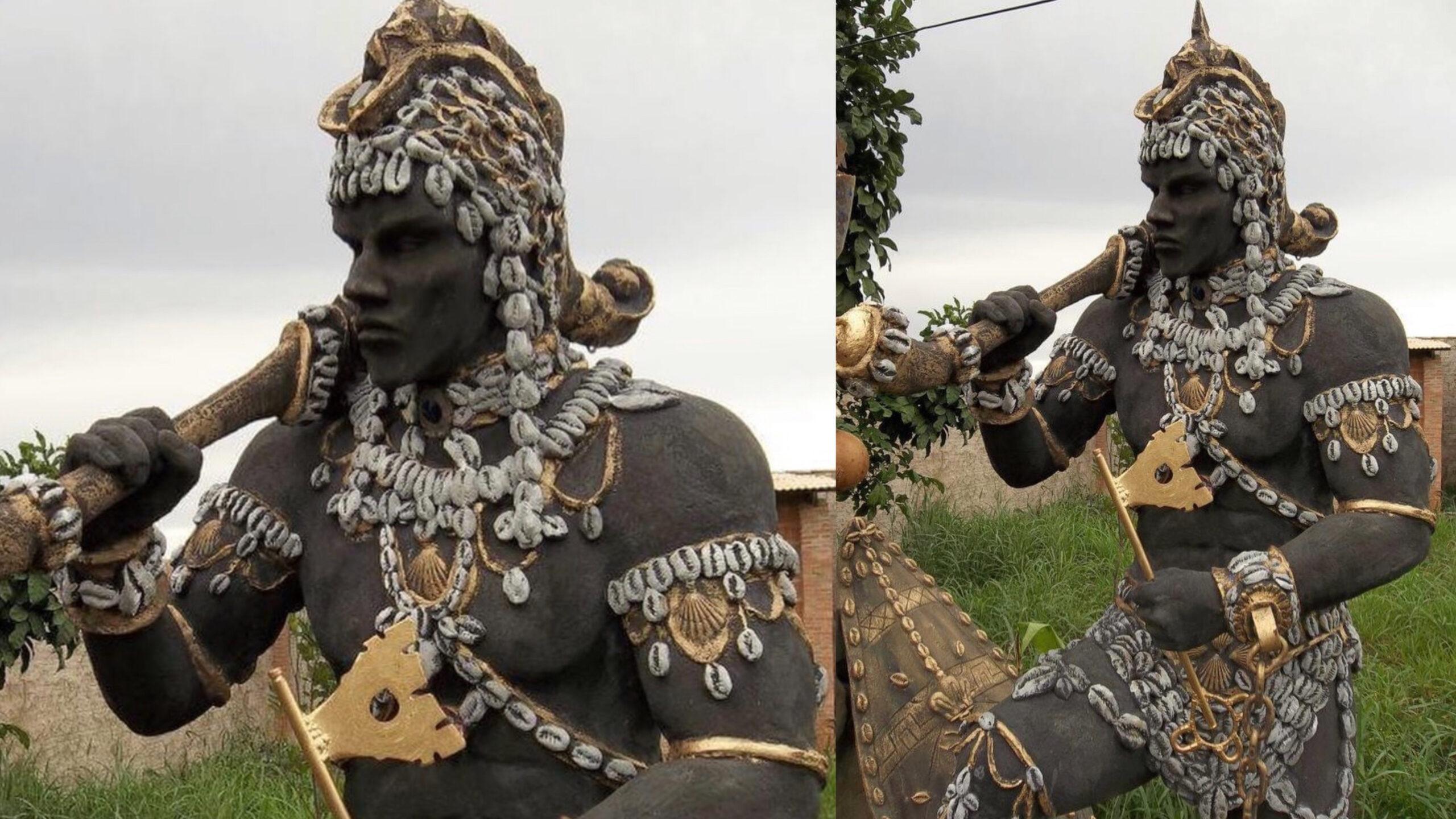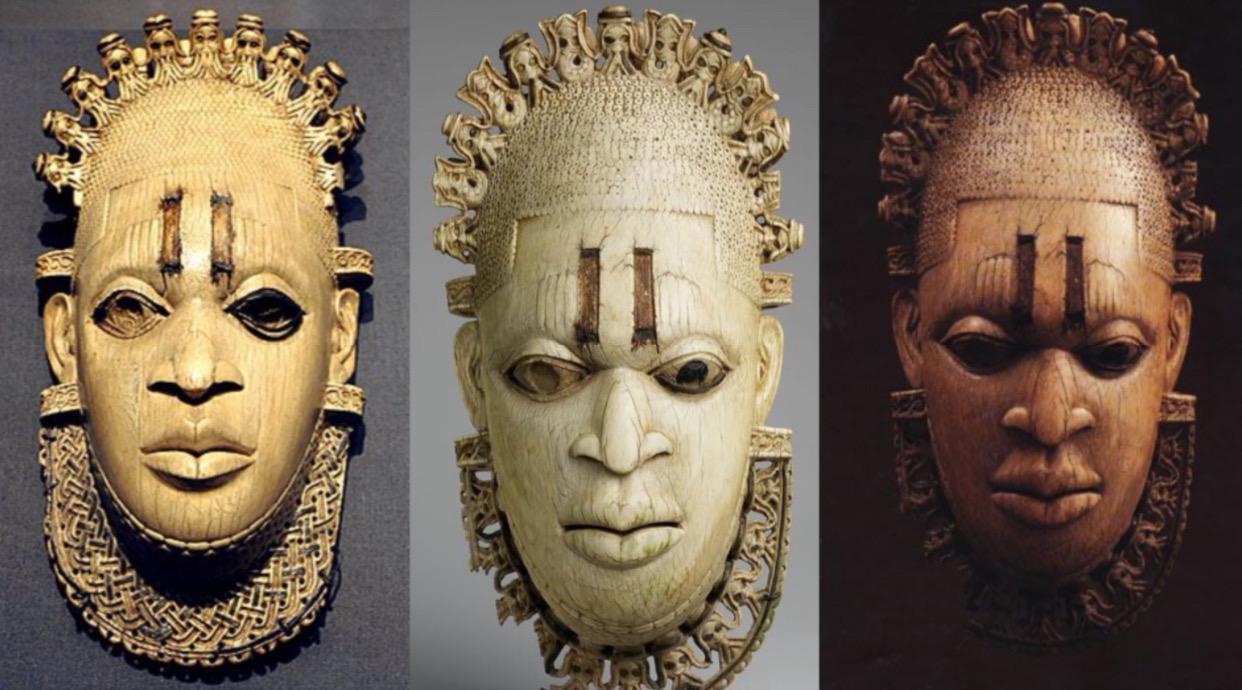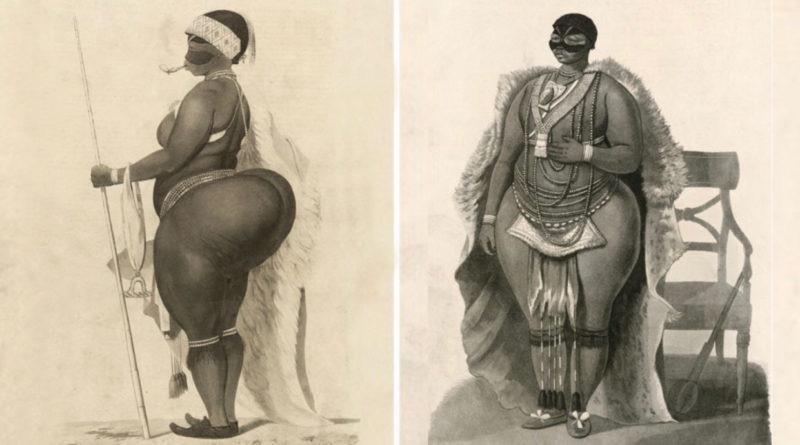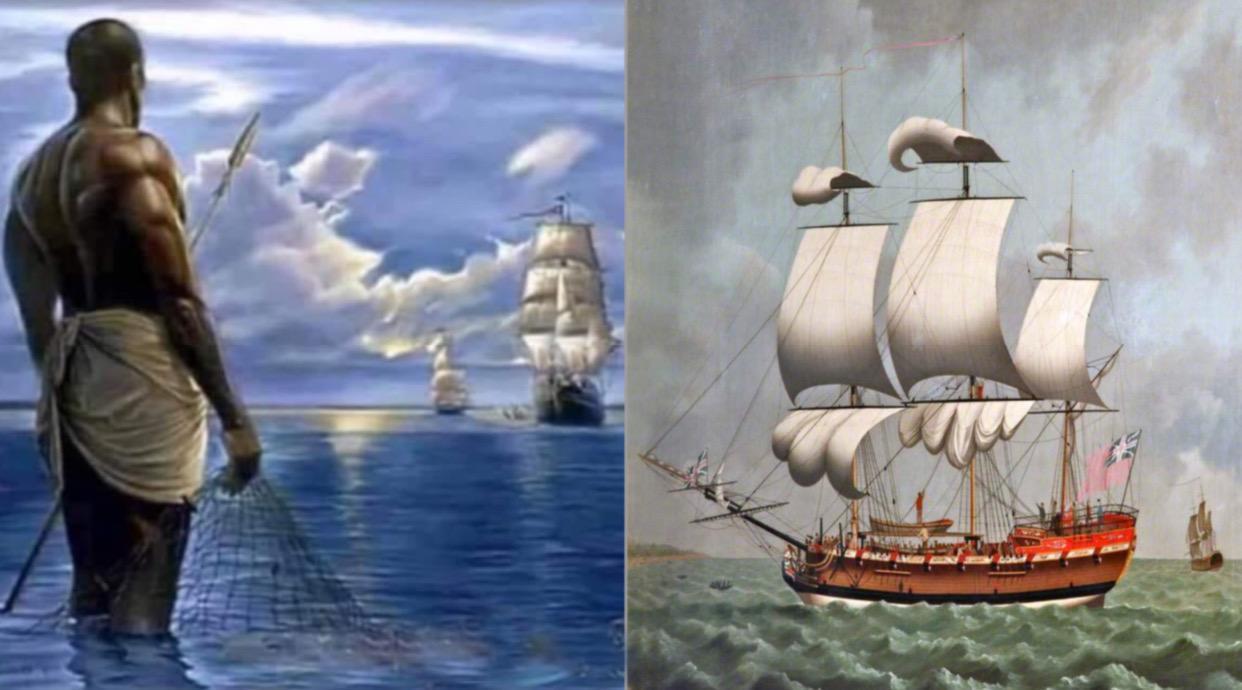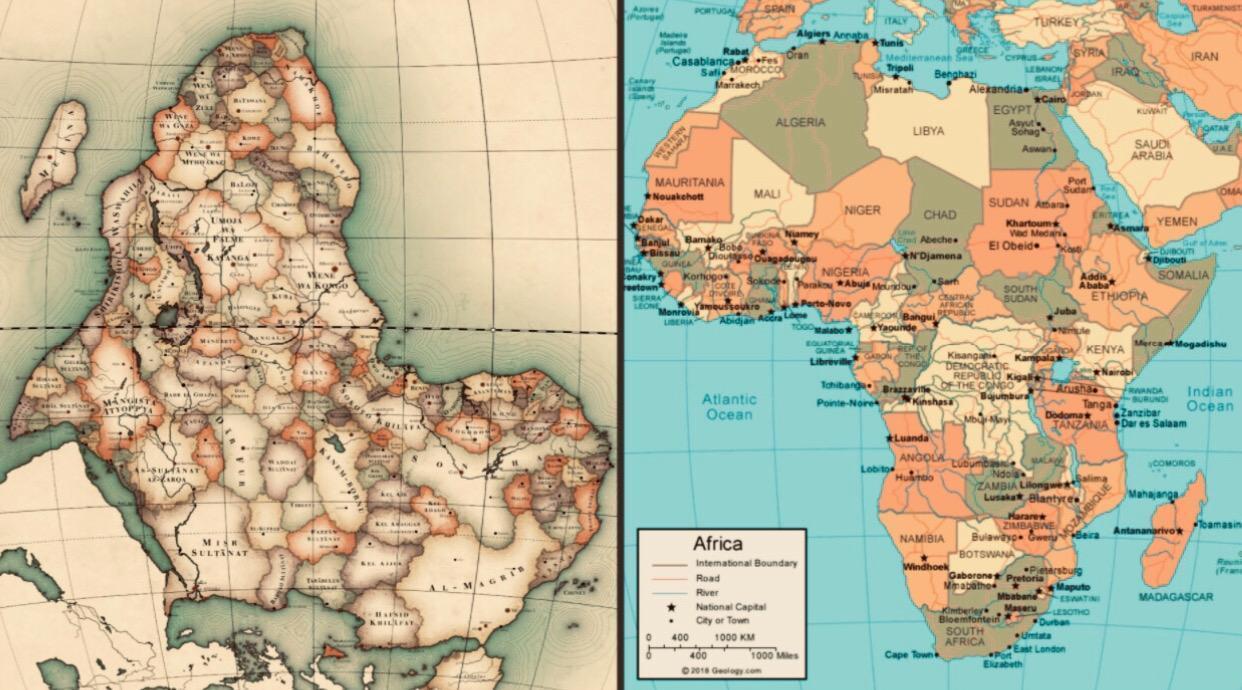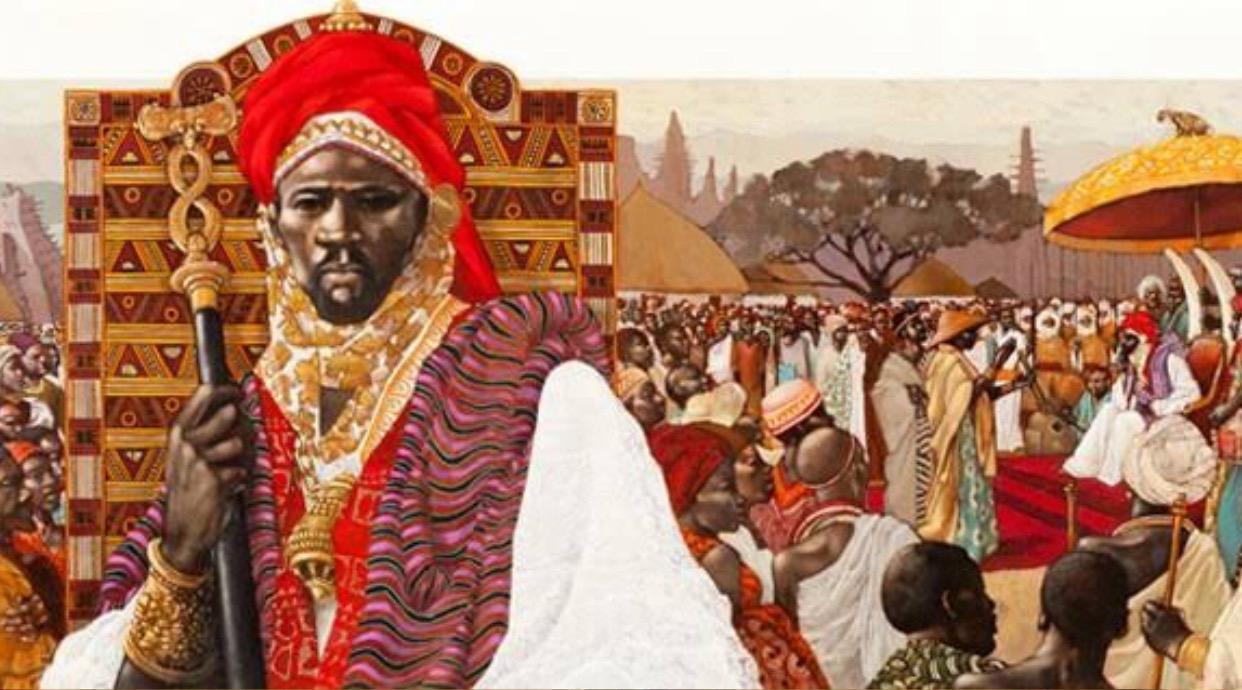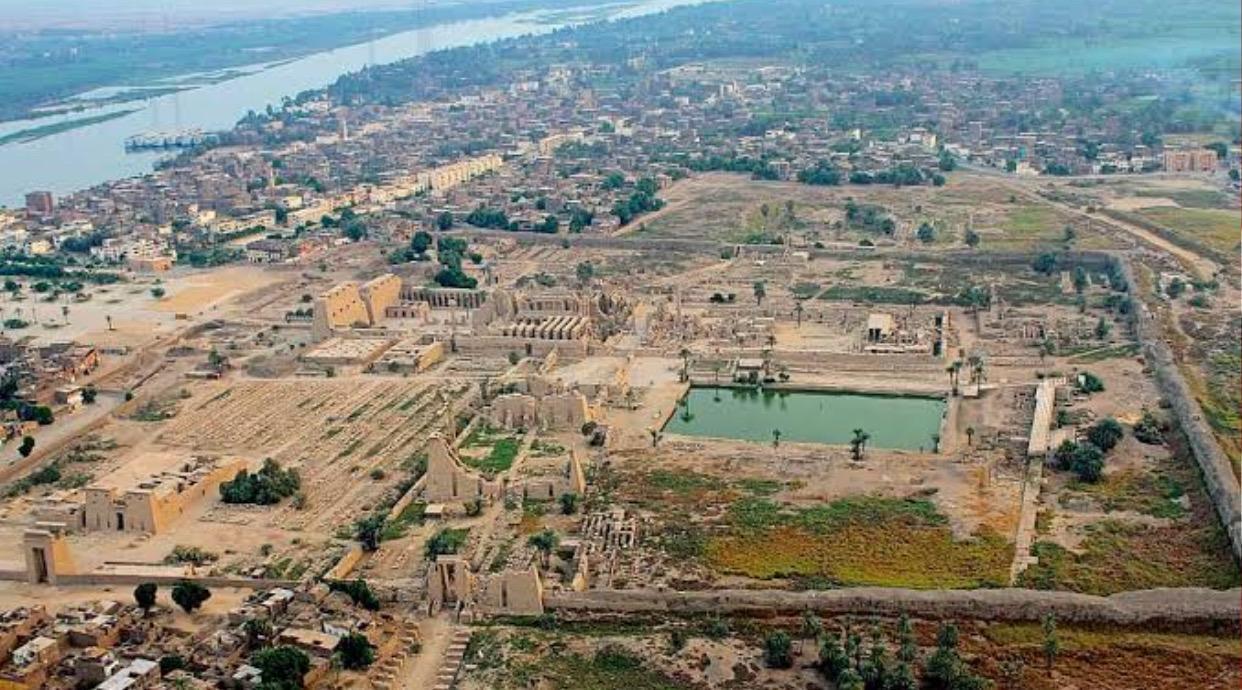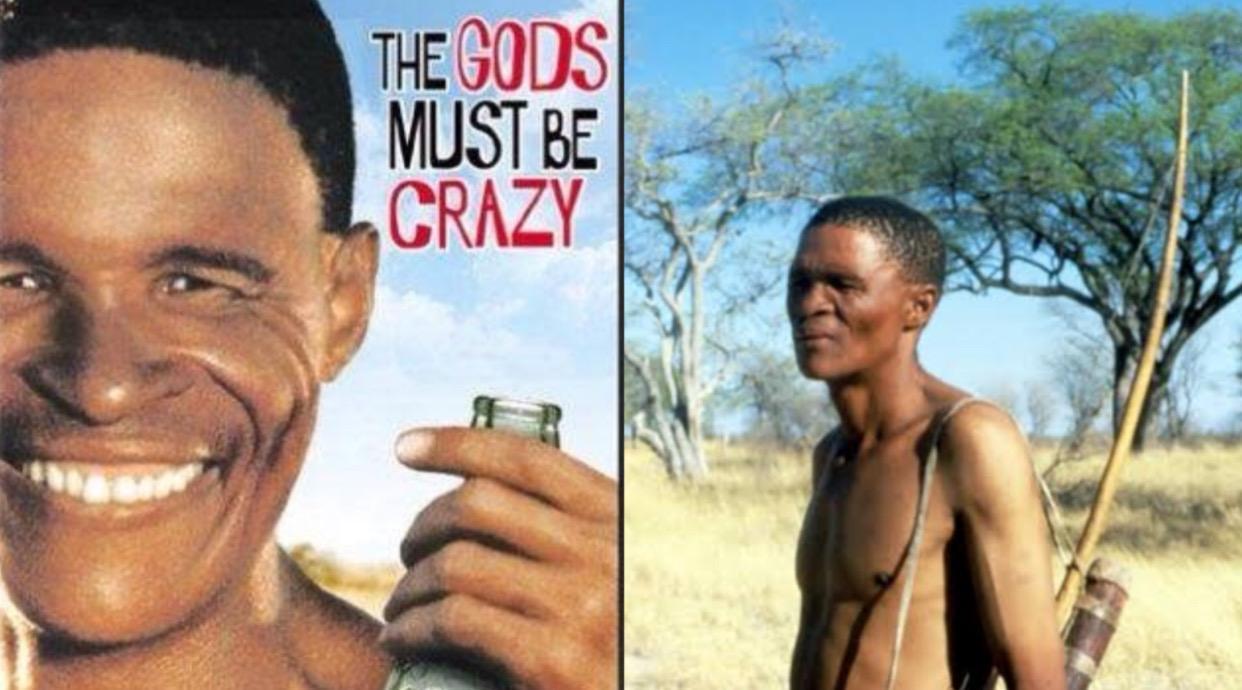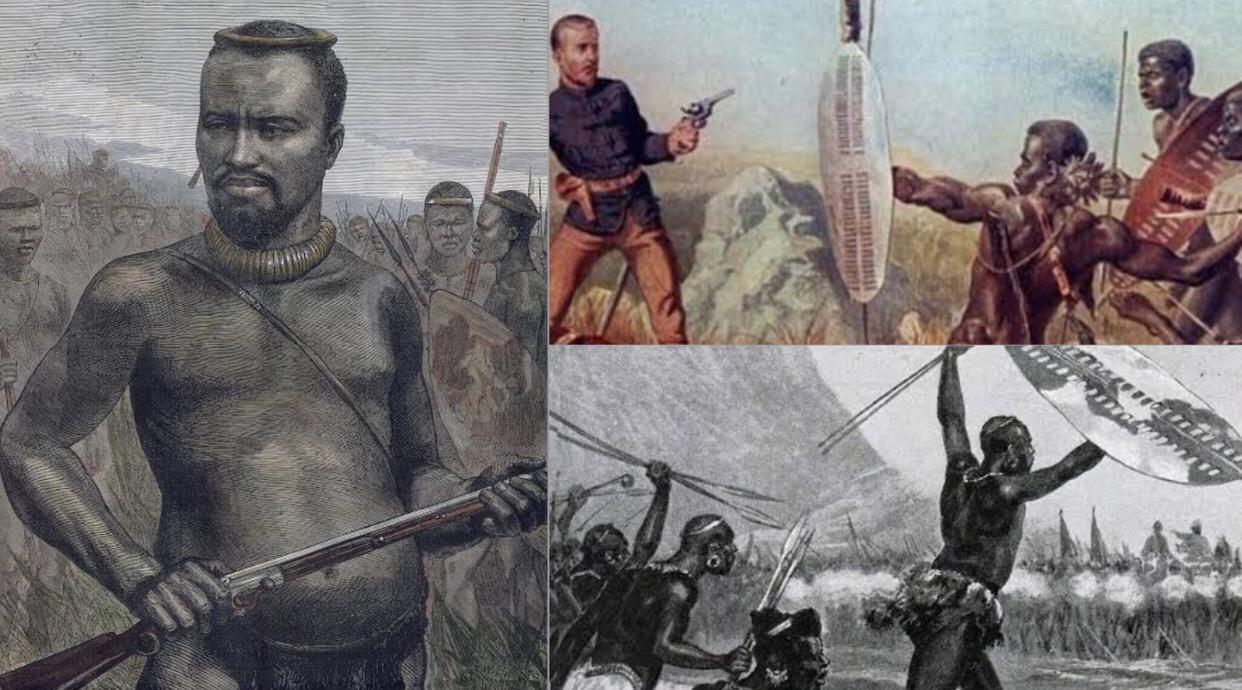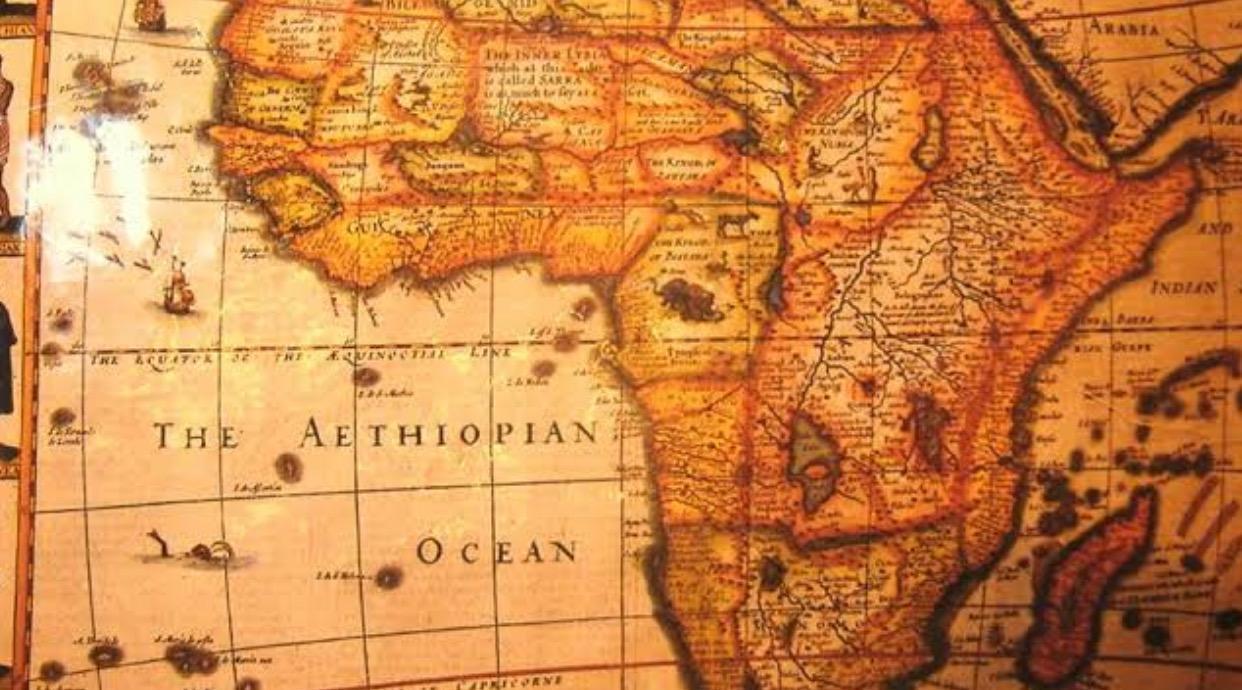These deities represent the godself that is conscious of the way he presents himself to the world and how this corresponds to respect for yourself and your community. The African gentleman. Erinle is known in Yoruba as the son of Oshun. He is always decked out in cowries (ancient money) but is not arrogant. He is well-mannered, well-spoken and well-behaved …
Read More »History
Ivory portrait of Queen Mother Idia of Benin Empire. Looted by British 123 years ago
The Benin ivory mask is a miniature ivory sculptural portrait of Idia, the first Iyoba-or Queen Mother-of the Benin Empire of the 16th century, taking the shape of a traditional African mask. This ivory portrait of Queen Mother Idia from the 16th century is among the most celebrated works by The Met. It is one of four ivory pendant masks, …
Read More »Saartijie Baartman from Khoisan was exhibited for her large buttocks in Europe
Sarah Baartman was born in 1780, her names were Saartjie or Sawtche or Ssehura which means diminutive form. Was from the Khoikhoi nomadic ethnic group that lived in the eastern region of the Cape Colony in present day South Africa. Sarah was 4 ft 7in tall. Sarah’s life was lined with difficulties. Her mother passed away when she was only …
Read More »Jesus of Lübeck, the first slave ship to arrive in Africa in 1562
Jesus of Lübeck, the first British slave ship to arrive in Africa. The ship was chartered by Queen Elizabeth I to a group of merchants in 1563. Jesus of Lübeck was an early 16th-century carrack built in the Free City of Lübeck. Around 1540 Henry VIII, King of England, bought the ship, which had previously been used for ceremonial purposes, …
Read More »The ancient name for Africa was “Alkebulan” meaning “mother of mankind”
The name Africa is a phenomenon. Home to 1.216 billion people, the world’s second-largest population and 2nd largest continent after Asia. Africa is a renowned name that has traveled way beyond the shores of the Nile to the Atlantic and Pacific oceans. The name is one, over time that is connected to historical heritages and tied to historical revolutions. However, …
Read More »Songhai Empire (c. 1464–1591)
The Songhai Empire during the 15th and 16th centuries was a kingdom that controlled the Western Sahel. At its height, it was one of the greatest in African history. The state is known for its historiographic name, derived from the Songhai, its leading ethnic group and ruling elite. The Songhai Empire was located in south of the Sahara Desert in …
Read More »Thebes, Egypt was once the largest city in the world in about 1500 BC
At the height of Ancient Egypt, its bustling capital was Thebes, 419 miles south of Cairo where the modern settlement of Luxor now stands. Known to the Egyptians as Wase (‘City of the Sceptre’) or Nowe (‘City of Amon [an important god]’), Thebes was founded around 4,000 BC. Long-associated with royalty, Thebes blossomed into a sprawling metropolis during the Eleventh …
Read More »The main actor of “The Gods Must Be Crazy” N!xau Toma was only paid $300
The main actor of the famous 1980 movie “The Gods Must Be Crazy” was paid just $300, though the movie made over $60 million, as it often appears online. Yes, it’s a reality, surprisingly the film became that year’s top-large foreign film and actor N!Xau Toma won international superstar status from it. N!Xau Toma was born in the Tsumkwe region …
Read More »Dabulamanzi kaMpande (1839 –1886). He commanded the Zulus at the Battle of Isandlwana against British
KaMpande was a commander of Zulu during the Anglo-Zulu War. He is most notable at the Battle of Rorke’s Drift for having commanded the Zulus. Dabulamanzi was a half-brother of Zulu king Cetshwayo kaMpande. Following the Zulus defeat, and Cetshwayo’s arrest, Dabulamanzi was calling for his brother’s return to power. As Cetshwayo was returned in 1883 Dabulamanzi fought on his …
Read More »The Atlantic Ocean was known as Ethiopian Ocean until the 19th century
The today’s southern half of the Atlantic Ocean in classical geographical works was known as Aethiopian or Ethiopian Sea or Ocean. The name remained in maps from ancient times until 19th century. The term Aithiopos was originally an old name for what is now called the South Atlantic Ocean. A narrow region, between Natal, Brazil and Monrovia, Liberia, that separates …
Read More » The African History Truly African
The African History Truly African
